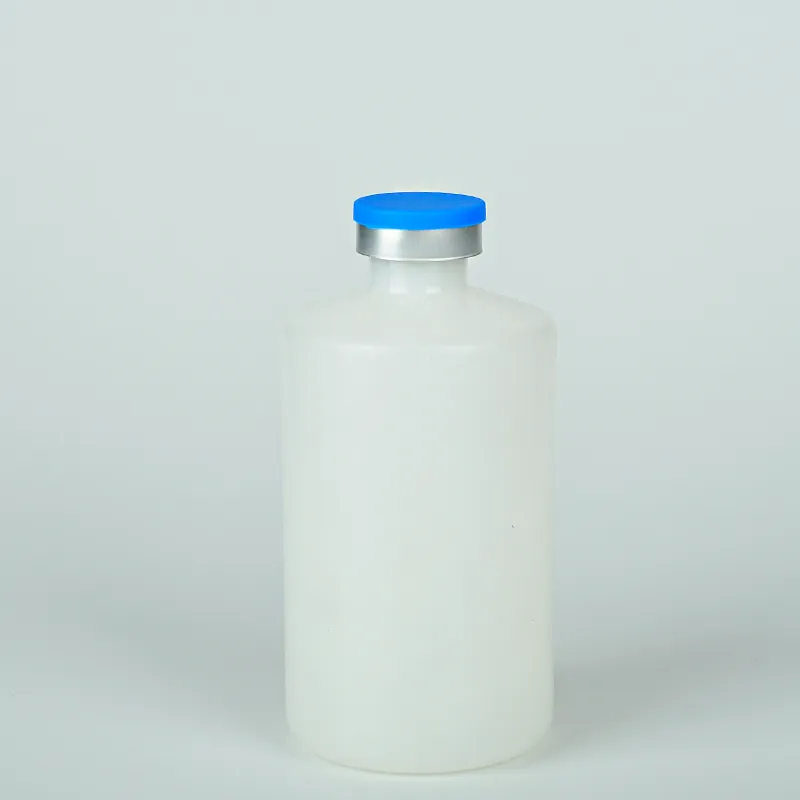20 ml headspace vials
The Significance of 20 ml Headspace Vials in Analytical Chemistry
In the realm of analytical chemistry, sample preparation plays a crucial role in achieving accurate and reliable results. One essential tool that has gained prominence in this field is the 20 ml headspace vial. These vials are specifically designed for the analysis of volatile and semi-volatile compounds, making them indispensable for various applications, including environmental monitoring, food and beverage testing, pharmaceutical analysis, and more.
Design and Features
A 20 ml headspace vial typically features a stable glass construction, which is critical for preserving the integrity of the sample. The vial’s design includes a narrow neck that allows for the creation of a headspace—an area above the liquid sample. This headspace is essential for the analysis of volatile compounds, as it provides a space where these compounds can evaporate and subsequently be analyzed, often using gas chromatography (GC).
Additionally, these vials come equipped with closures that provide an airtight seal. This is crucial because any exposure to air can lead to contamination or loss of volatile analytes, which would compromise the accuracy of the results. Some vials are fitted with septa that allow for easy sampling with syringes, further enhancing the user-friendliness of the vials.
Applications in Various Fields
1. Environmental Monitoring In environmental science, headspace vials are used to analyze air and water samples for pollutants and volatile organic compounds (VOCs). Accurate measurement of these compounds is vital for assessing environmental health and compliance with regulations.
2. Food and Beverage Testing The aroma and flavor profiles of food products are largely dependent on volatile compounds. Headspace vials facilitate the extraction and analysis of these compounds, helping quality control experts ensure that products meet safety standards and consumer expectations.
20 ml headspace vials

3. Pharmaceutical Analysis The production of pharmaceuticals requires stringent quality control measures. Headspace analysis is employed to detect residual solvents or impurities in drug formulations, providing researchers and manufacturers with critical information regarding product safety and efficacy.
4. Forensic Science In forensic applications, headspace analysis can assist in the investigation of crime scenes by allowing scientists to detect trace amounts of volatile substances, such as drugs or alcohol, which may be relevant to the case.
Benefits of Using 20 ml Headspace Vials
One of the primary advantages of using 20 ml headspace vials is their standardized size, which simplifies the process of method development and ensures reproducibility. Additionally, the 20 ml capacity strikes an ideal balance, allowing enough sample volume to detect low concentrations of analytes without wasting material.
The compatibility of these vials with automated sampling systems further increases their efficiency in a laboratory setting. Automated sampling eliminates the variability introduced by manual sampling, leading to more consistent results.
Conclusion
In conclusion, 20 ml headspace vials are an invaluable component in the toolkit of analytical chemists across a variety of fields. Their specialized design enables the effective analysis of volatile compounds while minimizing contamination and preserving sample integrity. As research and industrial practices evolve, the significance of these vials is likely to grow, making them a staple in laboratories dedicated to understanding the chemical makeup of the world around us. Whether in environmental monitoring, food safety, pharmaceuticals, or forensic science, the role of 20 ml headspace vials in enhancing analytical precision cannot be overstated.
-
Aesthetic Makeup Spray Bottles | Fine Mist Empty RefillableNewsAug.19,2025
-
White Plastic Veterinary Vaccine Vials | Lab Liquid BottlesNewsAug.18,2025
-
Plastic Medicine Liquid Bottle: Secure Flip Top Drug VialsNewsAug.17,2025
-
Durable 250ml Blue Plastic Vaccine Vial for Lab & Vet UseNewsAug.16,2025
-
Sterile Virus Sample Tubes: Secure & Reliable Specimen CollectionNewsAug.15,2025
-
White 250ml Plastic Vaccine Vial for Lab & Vet MedicineNewsAug.14,2025
























